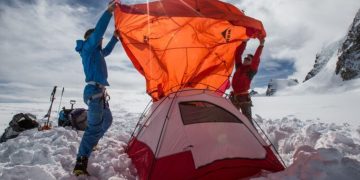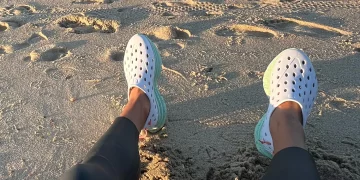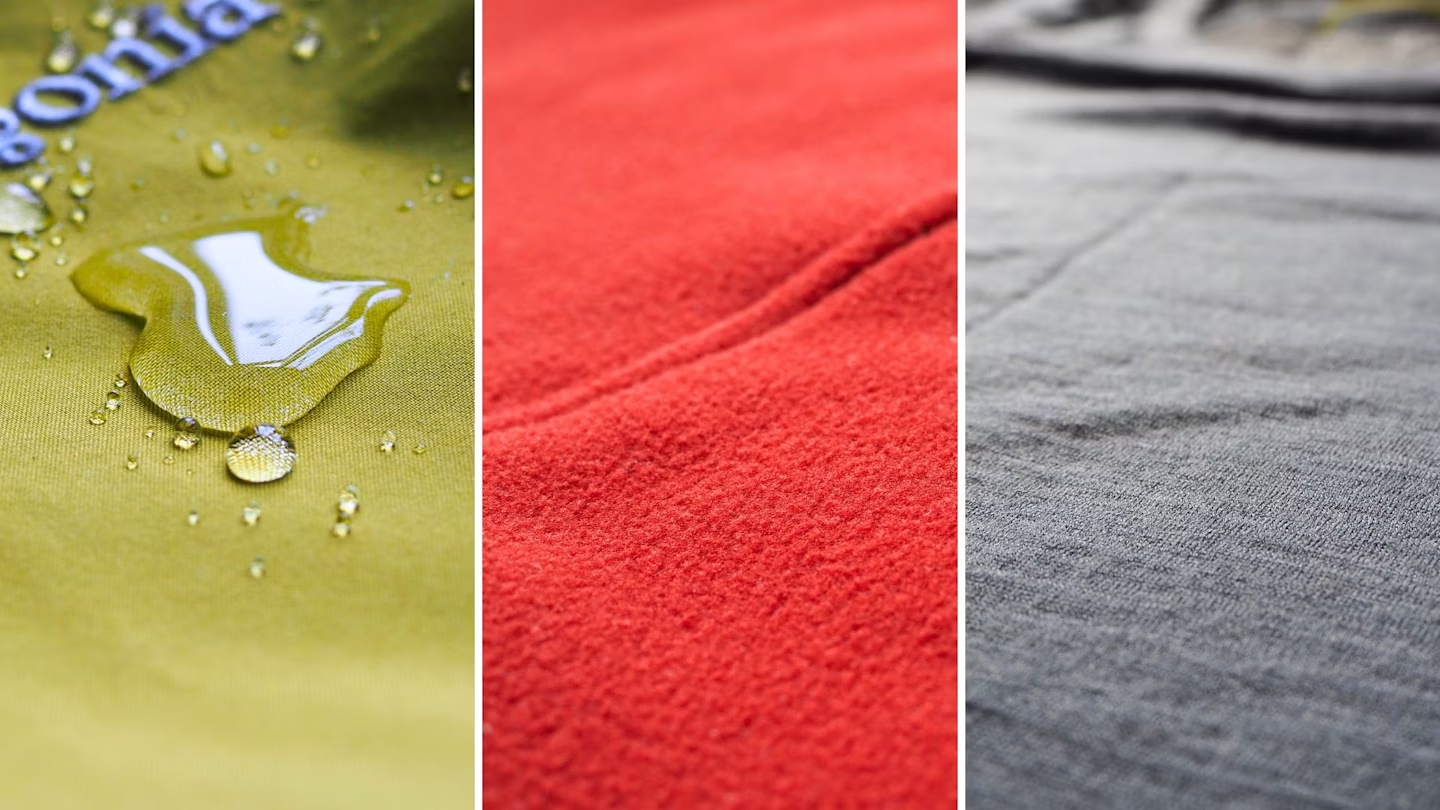When it comes to camping, photography, or even some specialized product displays, a light tent (also known as a light box or softbox) serves an essential role. It provides a controlled, uniform light source while shielding your subject from harsh shadows and environmental factors. But, when it comes to weather conditions—particularly strong winds—how durable is a light tent really? Is it possible to rely on one during an outdoor shoot or in conditions where winds are unpredictable? In this article, we will dive into the core of this issue, exploring the structure of light tents, the forces that act on them in windy conditions, and whether they are truly up to the challenge.
What is a Light Tent?
Before we address its ability to withstand strong winds, it’s important to understand what a light tent is and how it functions. A light tent is a collapsible, soft-sided structure typically used in photography. It’s designed to diffuse light, creating an even, soft glow around the subject inside it. Light tents are used for product photography, tabletop shoots, and even some special effects work. They are often made from light, flexible materials such as fabric, plastic, or translucent polyester, stretched over a metal or plastic frame.
In essence, a light tent serves two main purposes:
- Lighting Control: The fabric walls of the tent diffuse the light, eliminating harsh shadows and creating a soft, uniform effect.
- Protection: The tent shields the subject from dust, dirt, and sometimes even the direct effects of the environment (sunlight, rain, etc.).
Materials and Structure
A typical light tent is composed of the following materials:
- Frame: A lightweight, often collapsible structure made from metal or plastic tubing. This allows the tent to be set up and broken down easily.
- Fabric: The outer layer is usually a sheer or translucent fabric that allows light to pass through. The fabric is often white or neutral in color to ensure even lighting.
- Mesh or Lining: The interior of the tent often features a reflective surface or mesh that further diffuses the light, improving the overall effect.
While light tents are designed with photography in mind, their lightweight, portable nature raises the question of how well they can stand up against strong wind conditions.
Wind Forces and Structural Integrity
Strong winds exert significant pressure on any structure, and a light tent is no exception. The primary factors that determine how a light tent fares against strong winds are its frame construction, the materials used in the fabric, and the overall design.
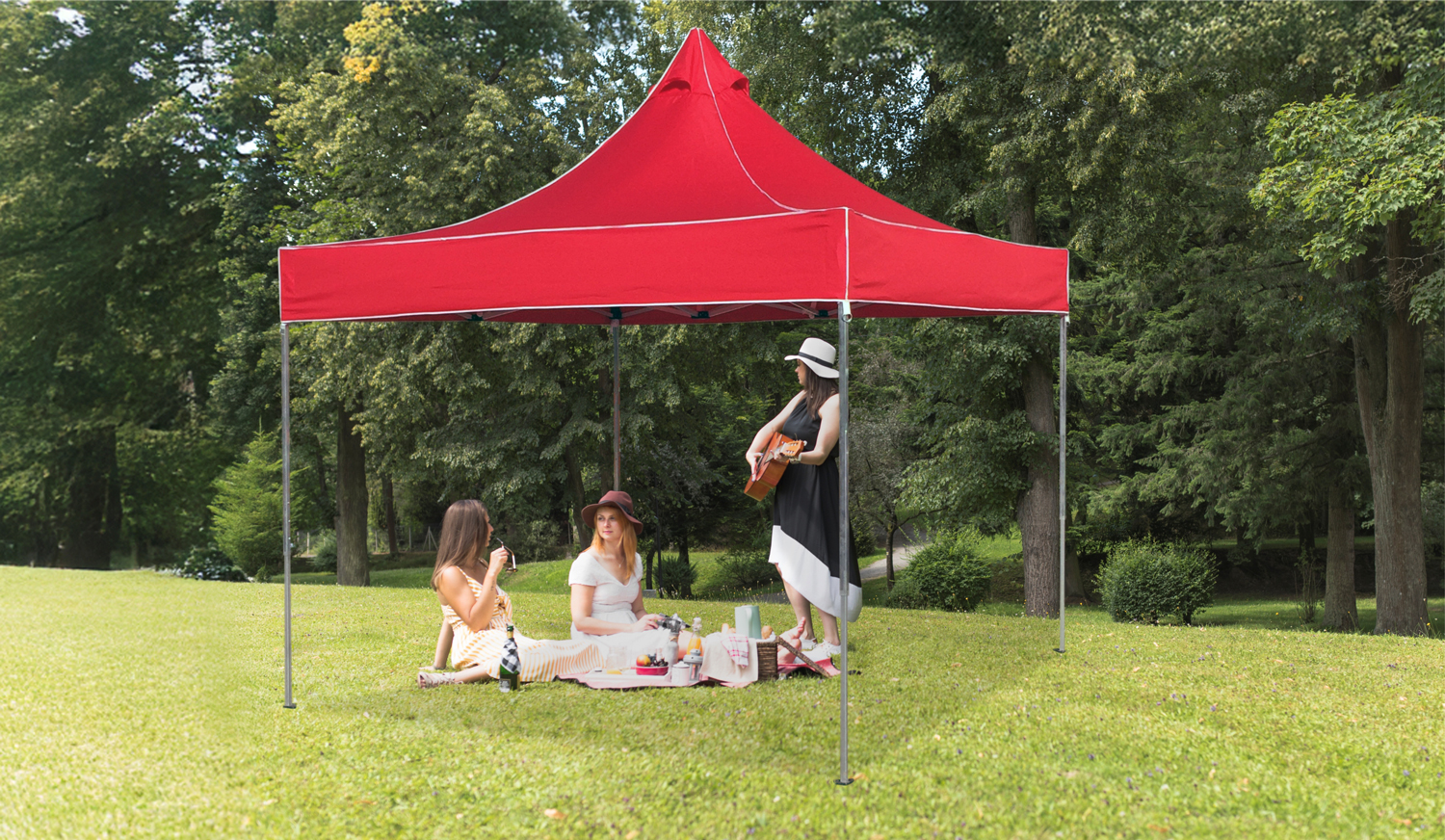
1. Wind Pressure on the Tent Surface
When wind hits a light tent, it applies pressure to the fabric surface. The force of this pressure depends on several factors:
- Wind Speed: Higher wind speeds increase the force exerted on the tent. For example, a wind blowing at 30 mph will put a much higher strain on the tent than a light breeze.
- Tent Size: Larger tents will present more surface area for the wind to act upon, leading to greater potential for movement or damage.
- Fabric Tension: A tightly stretched fabric will hold up better against wind, while loose fabric may flap around, potentially causing strain on the frame.
2. The Frame and Structural Support
The frame of a light tent is crucial in its ability to withstand wind. Most light tents are designed with portability in mind, meaning the frame is often lightweight and collapsible. This flexibility can be an advantage for ease of transport but a disadvantage when exposed to high winds. Some of the factors affecting the frame’s durability in windy conditions include:
- Material Strength: Metal frames are generally stronger than plastic ones, providing better resistance to bending or breaking.
- Frame Design: Frames with a more robust and rigid design (such as those with reinforced crossbars or internal supports) tend to withstand pressure better.
- Stability: If the frame isn’t securely anchored or if the tent lacks stabilizing features (like weighted bases or guy lines), the structure may collapse or become dislodged.
3. The Tent’s Grounding and Anchoring
In outdoor environments, the ability to secure a light tent to the ground is one of the most important factors in its stability during windy conditions. Many light tents, especially smaller ones designed for studio use, don’t have built-in anchoring systems. This means that if you set them up outdoors without securing them, the wind can easily blow them over.
To counteract this, many outdoor photographers or product display experts use methods like:
- Using Tent Stakes or Sandbags: Anchoring the tent at its corners or attaching weights can prevent it from being lifted by gusts.
- Tie-Downs and Guy Lines: These are additional cords or ropes that can be used to further stabilize the tent.
4. Impact of Wind on Light Tent Fabric
The material used in the tent’s construction is another important factor in its resistance to wind. Many light tents use synthetic fabrics that are lightweight and flexible. While this allows them to be easily folded and stored, it also makes them more susceptible to damage in high winds. Some potential issues with fabric include:
- Tearing: If the wind is strong enough, it could cause the fabric to tear, especially along the seams.
- Stretching or Warping: Prolonged exposure to high winds may stretch or warp the fabric, reducing the tent’s ability to diffuse light evenly.
- Flapping Noise and Movement: Even if the fabric doesn’t tear, strong winds can cause it to flap, which can disturb a shoot and potentially even create unwanted vibrations.
Real-World Testing: Does the Light Tent Hold Up?
To really understand whether light tents can stand up to strong winds, let’s examine some real-world scenarios where they might be tested. These include outdoor photography shoots, trade show displays, and other practical applications.
1. Outdoor Photography Shoots
Photographers who shoot in outdoor environments often have to deal with unpredictable weather conditions. For instance, you might be working on a product shoot in a park, by the beach, or even in a desert, where winds can change in intensity at a moment’s notice.
In such conditions, a light tent could be useful for controlling the lighting, but it needs to be properly secured. Even mild winds (around 10–20 mph) could disrupt a light tent if it’s not anchored well. A larger tent, such as those used for event setups, may have more robust anchoring systems, but for the typical smaller product light tents, wind can cause a significant challenge.
2. Trade Show Displays
Trade shows often use light tents to create visually appealing displays in a controlled environment. These tents can be easily assembled and disassembled, making them ideal for such events. However, if you plan to set up a tent outside for an outdoor event, the stakes are higher. Wind gusts or even moderate breezes can pose a threat. Most vendors use heavy-duty weight systems, guy lines, or staked-down tent corners to prevent their light tents from being blown over. But for non-stabilized, smaller tents, even a gust of wind could send everything flying.
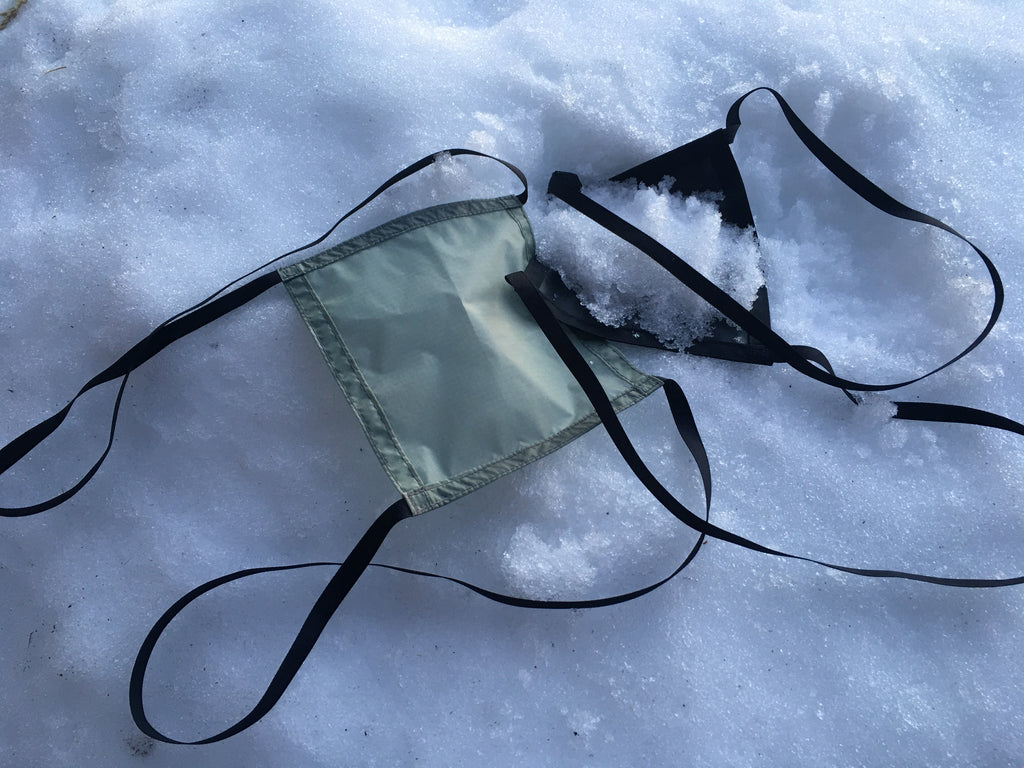
3. Exhibition Booths or Outdoor Events
In some cases, light tents are used for exhibitions, festivals, or outdoor booths. While these types of events might be scheduled during periods of calm weather, unexpected winds could affect the stability of the tent. For these applications, durability becomes crucial, and reinforced frames or heavier fabrics may be required to withstand these unpredictable conditions.
How to Improve the Durability of Your Light Tent
If you rely on light tents in outdoor conditions and expect to encounter strong winds, there are several steps you can take to ensure your equipment holds up:
- Choose a High-Quality Frame: Opt for light tents that have strong metal frames with reinforced joints. These will withstand pressure better than lightweight plastic frames.
- Use Additional Weights: Invest in sandbags, weighted bags, or stakes that can keep the tent grounded. This will prevent it from lifting or tipping over.
- Reinforced Fabric: Some high-quality light tents come with reinforced or double-layered fabric that resists tearing and stretching. Opt for these models if you expect wind exposure.
- Anchoring Systems: Consider adding guy lines or tie-downs to further secure the tent in place.
Alternative: Windproof Shelters
For those who expect to use a light tent in particularly windy conditions, an alternative could be to invest in a windproof shelter designed for more extreme weather. These are usually larger, more robust structures that offer more resistance against wind and rain. Though more expensive and less portable, these tents are built with sturdier materials and can handle heavy winds.
Conclusion
So, can a light tent really hold up against strong winds? The short answer is: it depends. A light tent’s ability to withstand wind largely depends on its construction, the quality of the frame and fabric, and how well it’s secured. While most light tents are suitable for indoor use or mild outdoor conditions, they may not stand up well against strong winds unless anchored or reinforced properly. By understanding the forces acting on your light tent and taking steps to secure it, you can increase its durability in windy environments.
For anyone planning to use a light tent in windy conditions, being proactive with securing and reinforcing the setup can mean the difference between a successful shoot or display and a costly, frustrating failure.
